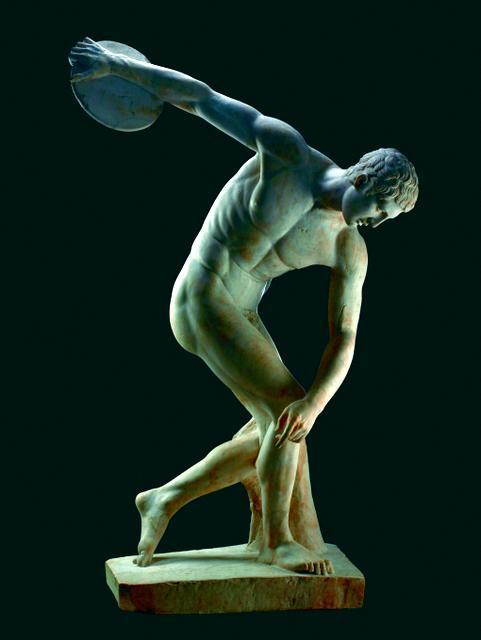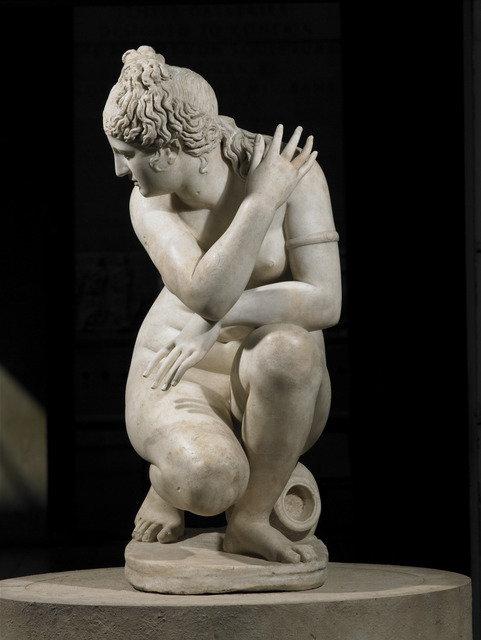The Majesty Of Greek Sculpture: Defining Beauty At The British Museum
Last Updated 29 March 2015






Londonist Rating: ★★★★★
This blockbuster show at the British Museum opens with five fantastic sculptures, including a spear carrier and a crouching Aphrodite. The taut muscles and fleshy folds of these bronze and marble sculptures are breathtaking in their accuracy and realism. This exhibition is filled with stunning statues, including a head of Herakles where each ringlet of his beard has been precisely chiselled out and a lifelike bronze Roman baby with his arms outstretched to the viewer.
Greek sculpture and The British Museum often features heavily in the news because of the ongoing ownership debates over the Parthenon sculptures. Though some of these works do feature in this exhibition, the museum has taken the right decision to not focus on this contentious issue and instead explore the history and beauty of Greek sculpture and how it influenced the civilisations that came after it.
The exhibition also includes painted replicas to show what the statues would have looked like in their time, and quite frankly they were garish. It's also interesting to see the contrasts with other cultures — the Assyrians avoided nudity in sculpture except for depicting the defeated, as it was a mark of failure and dishonour. The influence of Greek sculpture is evident in other civilisations too, as seen in a Buddha whose clothing follows the Greek style of sculpting.
This is a large exhibition filled with fantastic sculptures — it is excellently laid out so each major sculpture is deservedly given plenty of space to engage with visitors. It's a wonderful blockbuster and a fitting tribute to the civilisation that was pivotal in the history of art.
Defining Beauty: The Body in Ancient Greek Art is on at The British Museum until 5 July. Tickets are £16.50 for adults, concessions available. Also still on at The British Museum is the excellent satire of the Bonaparte and the British.
For more major openings see our top 10 art exhibitions for April.




